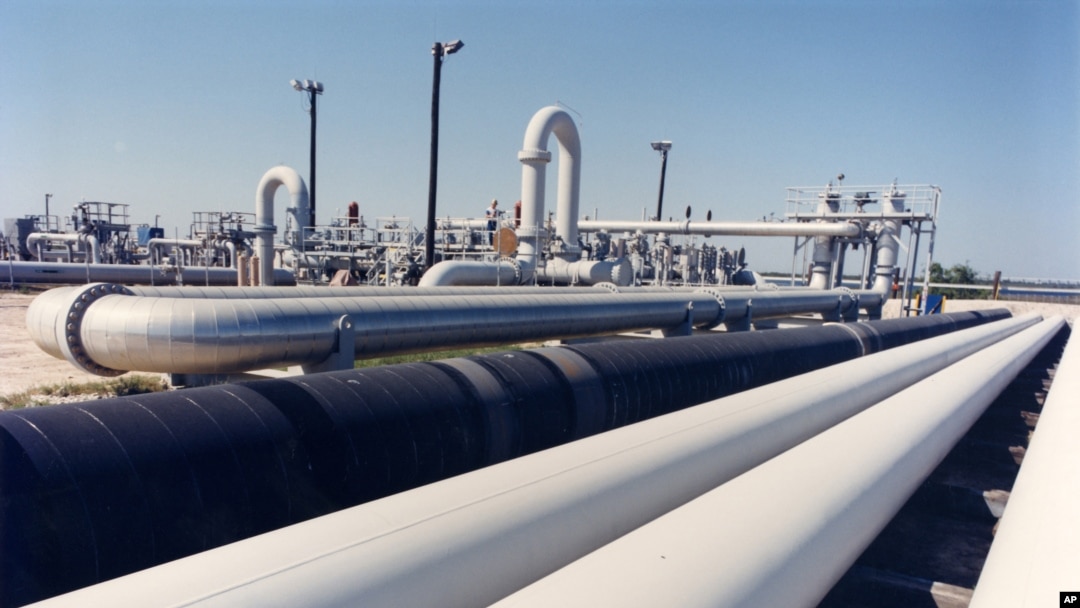Oil prices surged to a three-year high Tuesday on rising expectations that OPEC member countries will comply with oil production cuts to the end of 2018.
Brent Crude prices are headed toward $70 a barrel, West Texas Crude settled at $62.96 bbl, the highest since December 2014. But other factors could derail OPEC member agreement on production quotas, including continued expansion of U.S. shale production and the likelihood of stronger global demand.
Analysts say rapid changes in supply and demand could trigger an early exit or prompt member countries to cheat on production quotas, especially when prices start to rise.
Meanwhile, the United States is increasingly less dependent on foreign oil, thanks in part to the shale boom and the influx of cheap natural gas. U.S. Energy Information Administration forecasts U.S. crude oil production will climb to more than 10 million barrels per day by the first quarter of 2018, exceeding 11 million bpd in 2019.
The American Petroleum Institute, the U.S. trade group that represents the oil and natural gas industry, boasted Tuesday about helping to create “U.S. energy abundance” but said the industry was focused on minimizing the harmful effects of greenhouse gases associated with fossil fuels.
In his 2018 State of American Energy address, API president and CEO Jack Girard said it was time to move beyond the debate over climate change.
“I think we’re at the point where we need to get over the conversation of who believes and who doesn’t, and move to a conversation about solutions,” he said.
The U.S. is now the world's biggest natural gas producer. Despite a 30 percent increase in domestic natural gas production since 2008, Girard says CO2 emissions in the U.S. are near 25-year lows, and key air pollutants have declined 73 percent since 1970.






